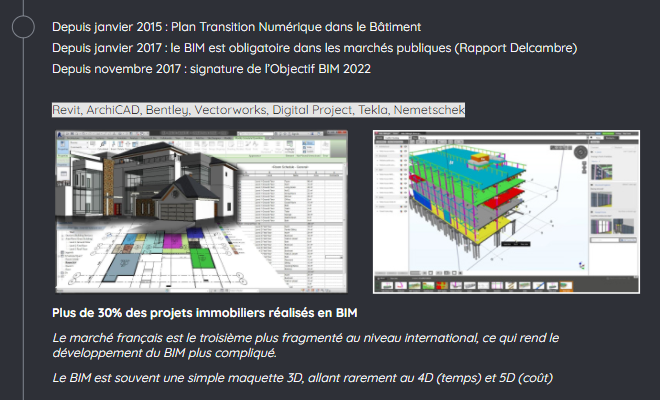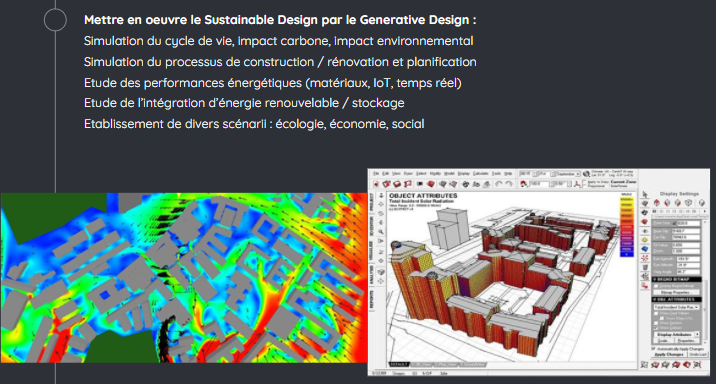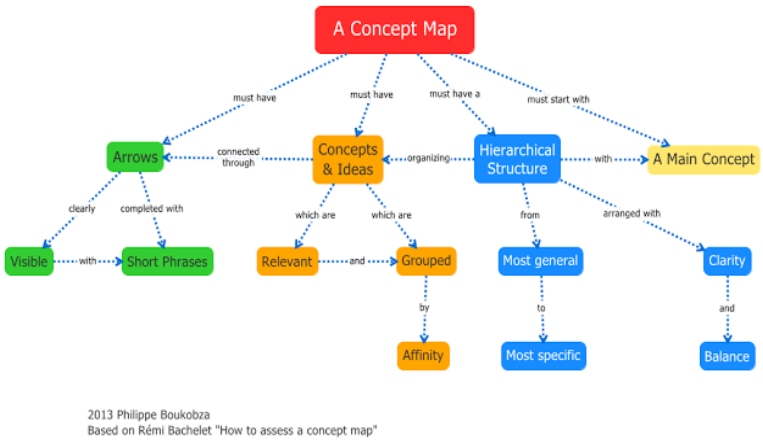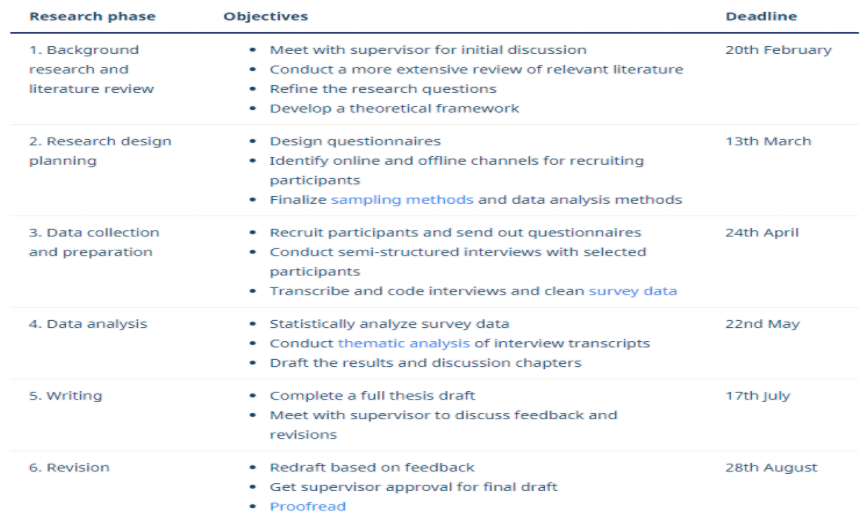As part of your research work, you will be required to present a state of the art to your peers. Here is the content of your presentation (non-exhaustive).

Contenus de la page
TogglePresent a state of the art, the title page
Your title page must, as its name indicates, present the title of your subject, your name and the name of your supervisors, the institution and the department in which you are carrying out your research work.

Introduction and background
What is the thematic area you are investigating?
What are the questions specific research questions that you are about to answer?
Why is it important to answer this question?
What were the objectives of your research?

Socio-technical and economic context
If necessary, you can add context on the social, technical and economic aspects of your research work.
Why is it important to answer this question?
What were the objectives of your research?
It is important to add diagrams and figures in order to highlight the importance of your work. This can be done in one or several pages, it all depends on the importance of the socio-technical and economic context in which your research work takes place, and the technical part of the latter.



State of the art / literature review
When presenting a state of the art, use the conceptual and mental maps that you have created to help you (see the corresponding courses). Here are examples:



To present a state of the art, you must rely on references. For cited papers, the following points:
- Current research relevant and close to your subject
- Different theories that may apply to your specific research area
- Weak points currently highlighted
You can formulate your state of the art according to the following plan:
- Slide 1: Compare and contrast: what are the main theories, methods, debates and controversies?
- Slide 2: Be critical: what are the strengths and weaknesses of different approaches?
- Slide 3: Show how your research fits together: how will you build on, challenge, or synthesize the work of others?
Following the review of the literature, it's a good idea to rephrase your main objectives, bringing the focus back to your own project. The section on design or methodology The research should describe the overall approach and practical steps you will take to answer your research questions.
Methodology
To complete your proposal On a positive note, you can explore the potential implications of the research for theory or practice, and re-emphasize what you wish to contribute to existing knowledge on the topic.
For example, your results may have implications for:
- Improve processes in a specific location or area
Inform policy objectives - Strengthen a theory or model
- Challenge popular or scientific assumptions
- Create a basis for future research
Schedule
In some cases, you may need to include a detailed project timeline, explaining exactly what you will do at each stage and how long it will take.
